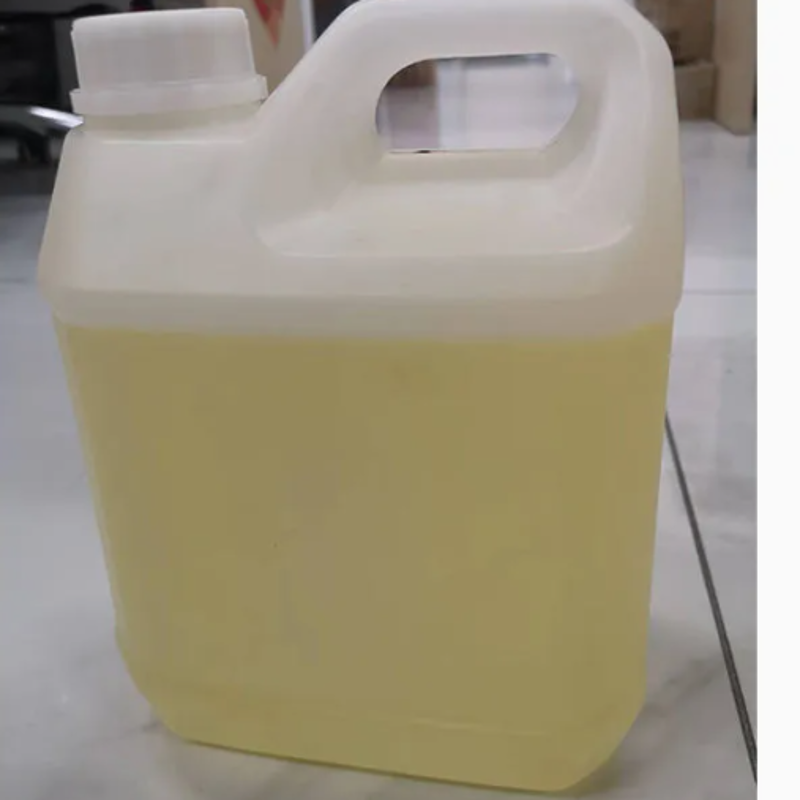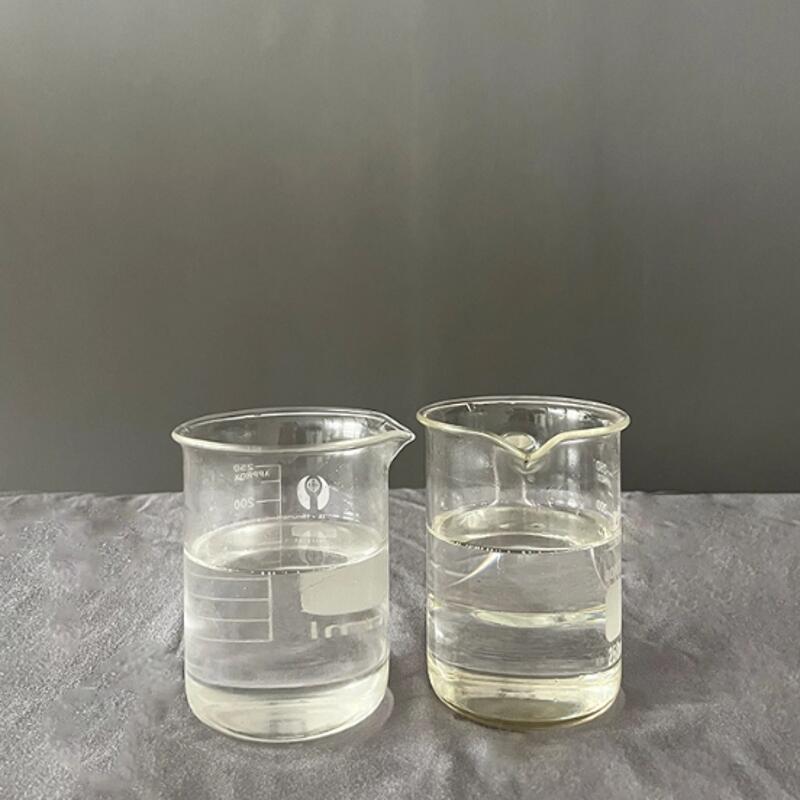-
Categories
-
Pharmaceutical Intermediates
-
Active Pharmaceutical Ingredients
-
Food Additives
- Industrial Coatings
- Agrochemicals
- Dyes and Pigments
- Surfactant
- Flavors and Fragrances
- Chemical Reagents
- Catalyst and Auxiliary
- Natural Products
- Inorganic Chemistry
-
Organic Chemistry
-
Biochemical Engineering
- Analytical Chemistry
-
Cosmetic Ingredient
- Water Treatment Chemical
-
Pharmaceutical Intermediates
Promotion
ECHEMI Mall
Wholesale
Weekly Price
Exhibition
News
-
Trade Service
Have you ever heard of Volatile Organic Compounds (VOCs)? They are carbon-based compounds that can volatilize into the air under the right conditions, such as high temperatures caused by sunlight or body he.
VOCs are primarily found in automobiles and contribute to the pleasant but dangerous "new car smell" in new ca.
Unfortunately for us, hundreds of household items (furniture, paint and electronics, e.
Now new research shows that mattresses emit higher levels of volatile organic compounds than other household items when you sle.
A new study published in the biweekly peer-reviewed scientific journal Environmental Science & Technology measured the emissions of gaseous compounds released by several types of polyurethane mattresses under simulated sleep conditio.
It found levels of some volatile organic compounds that can affect children and infan.
People breathe in more VOCs when they sleep because their noses and mouths are so close to mattresses and bedding that emit these compoun.
Pr.
They also want to study how temperature, humidity and carbon dioxide concentrations affect emissio.
After analyzing the polyurethane mattresses using gas mass spectrometry, they found that the VOCs emitted by the eight mattresses tested were nearly simil.
Scientists say well-manufactured polyurethane is not at all dangerous because its dangerous ingredients can become inert or nontoxic if refining is successf.
Isocyanates released from polyurethane-based products can cause adverse reactions such as skin, eye, nose and throat irritati.
Isocyanates are a major cause of occupational asthma, especially among those in various industries who manufacture or use paint and sealant applicato.







